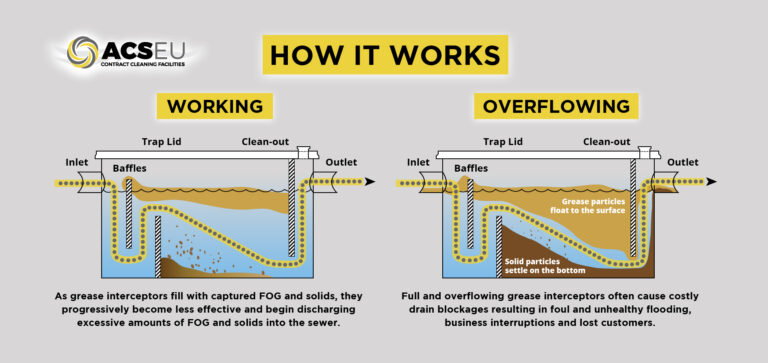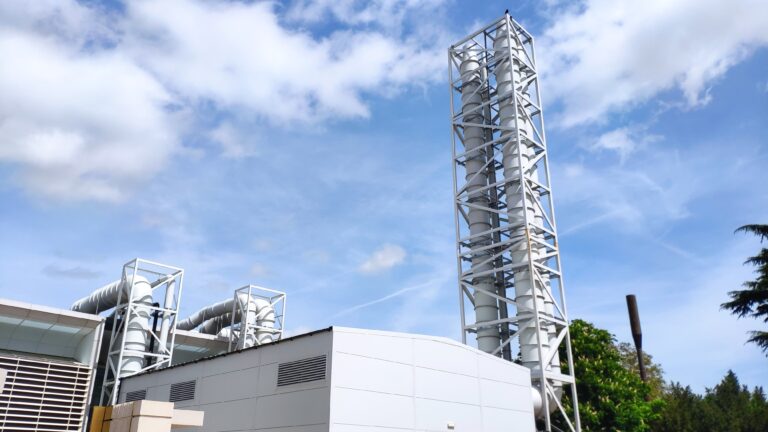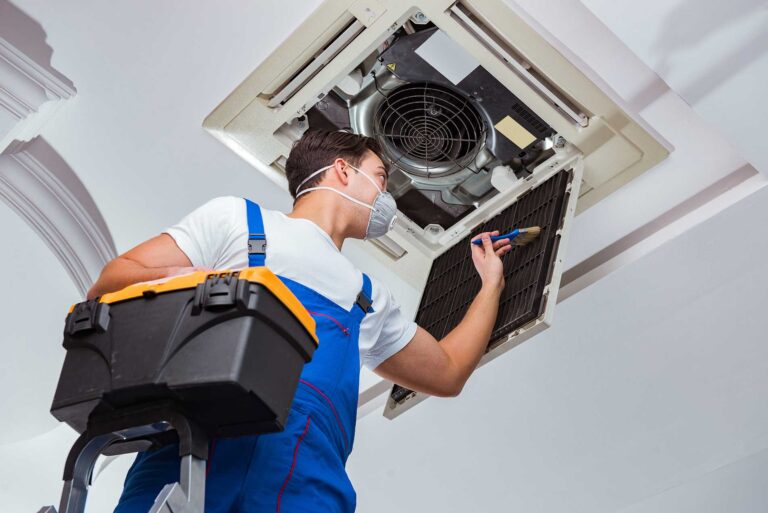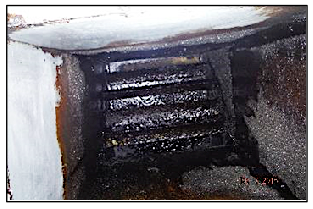
Ensuring Post-Clean Verification Reports stand up to post-fire scrutiny and comply with BESA’s TR19 Grease
Landlords and appointed responsible persons are seeking reassurance that kitchen extraction ventilation systems comply with TR19.
This is because combustible grease deposits in kitchen extraction ventilation systems remain a common cause of fires. Also, if post-fire scrutiny can prove that combustible grease deposits were not removed during the last clean, it can invalidate insurance and could lead to further serious consequences and actions.
For these reasons, Alan Gregory, contributing formulator of BESA’s TR19 Grease is interested in social media postings from kitchen duct cleaning specialists. He’s particularly interested in those postings which feature photographic evidence, and which showcase their performance to the BESA TR19 Grease standard.
Gregory notes that these images show only snapshots of systems and understands that they cannot be indicative of a system’s clean in its entirety. Consequently, he questions what the accompanying post-clean verification reports (PCVRs) containing these pictures, were like.
Did the PCVRs containing the snapshots serve to represent the entire system in its post-clean state? Would it have shown full compliance with BESA’s TR19 Grease standard?
For specialist contractors, the PCVR is the formalised record of performance. This is not just to show compliance with TR19 Grease standard, but under fire safety regulations, it also forms part of a fire safety risk assessment.

Therefore, in the event of a fire incident involving a kitchen extraction ventilation system, the specialist contractor’s PCVR will be forensically examined by expert witnesses. Such an examination will determine whether the PCVR fully met the requirements of TR19 Grease. Reflecting upon this, as an experienced expert witness in such cases himself, Gregory understands the full consequences should a PCVR fall short.
Based on poor PCVRs, Gregory has seen that a contractor can be deemed to have some financial responsibility for any subsequent fire spread damage. Furthermore, he’s seen that insurance underwriters have refused future cover if a contractor is found responsible for two or more fire related claims. This could significantly impact the contractor’s business operation. Worse still, death or injury resulting from the fire incident could lead to a contractor’s criminal prosecution.
From what Gregory has observed in past cases – either sent to him by law firms or from PCVRs made available to IAQ Services by landlords or restaurateurs – most specialist vent hygiene companies fail to comply fully with TR19 Grease’s PCVR requirements.
In other words, the PCVRs would fail to protect the contractor who has produced them against claims for damages or prosecution. In such cases, an independent audit of the contractor’s work and PCVR, as regularly undertaken by IAQ Services and other specialist auditors, could have negated this scenario.
In the aftermath of a kitchen grease extract fire incident, when (as is common) lawyers are engaged by the insurers, blame could be attached to any party deemed to have some responsibility in ensuring that the extraction system was maintained, free from risk of fire and fire spread, or to those impacted by the fire incident.
Parties can include the user of the system, those who designed and installed the system, the building maintenance company, those who undertook regular fire risk assessments and of course, the specialist cleaning contractor. All could be drawn into the litigation. At this point, each of these parties can seek to assert total or partial responsibility to one or all the other parties.
From a specialist contractor’s point of view, it is therefore vitally important that they have robust protocols in place. Such protocols ensure that their operatives have collected all the necessary information and allows this to be recorded properly in the PCVR.
To fully comply with BESA’s TR19 Grease standard, the PCVR must also show that the specialist contractor has the requisite knowledge, skills, experience and behaviours to provide the correct information.
In some cases, this information will be automatically included or collated by administrative support staff for inclusion within a contractor’s PCVR template. However, as these sections are often included without any actual detailed knowledge of the site layout or system, this can lead to problems.
For instance, if a PCVR shows a lack of personal familiarity of the site/system. In such cases, it might be concluded that the unfamiliarity led to specialist contractor error/s and therefore they provided wrong recommendations in the PCVR.
A properly prepared PCVR underpins any discussion a specialist contractor may have with their client in relation to the fire safety of their system. It records how best to maintain a kitchen extraction ventilation system in a safe condition and demonstrates a contractor’s expertise and competency in that regard.
To achieve this, specialist contractors should ask themselves if their PCVRs would pass an expert’s assessment. Do their internal quality assurance processes ensure the PCVR meets BESA TR19 Grease specification? If there are any doubts or further verification is needed, specialist contractors should contact a company which specialises in Grease Audits.
Here is a selection of some common omissions and mistakes in PCVRs, based on reports submitted to IAQ Services:
- Failure to state clearly whether the system has or has not been cleaned in its entirety
- A full explanation as to why the system could not be cleaned in its entirety and suggested solutions/recommendations to remedy this.
- A schematic or an “as installed” drawing showing all the main component parts of the system with clearly marked access and test points, together with any uncleaned sections suitably highlighted.

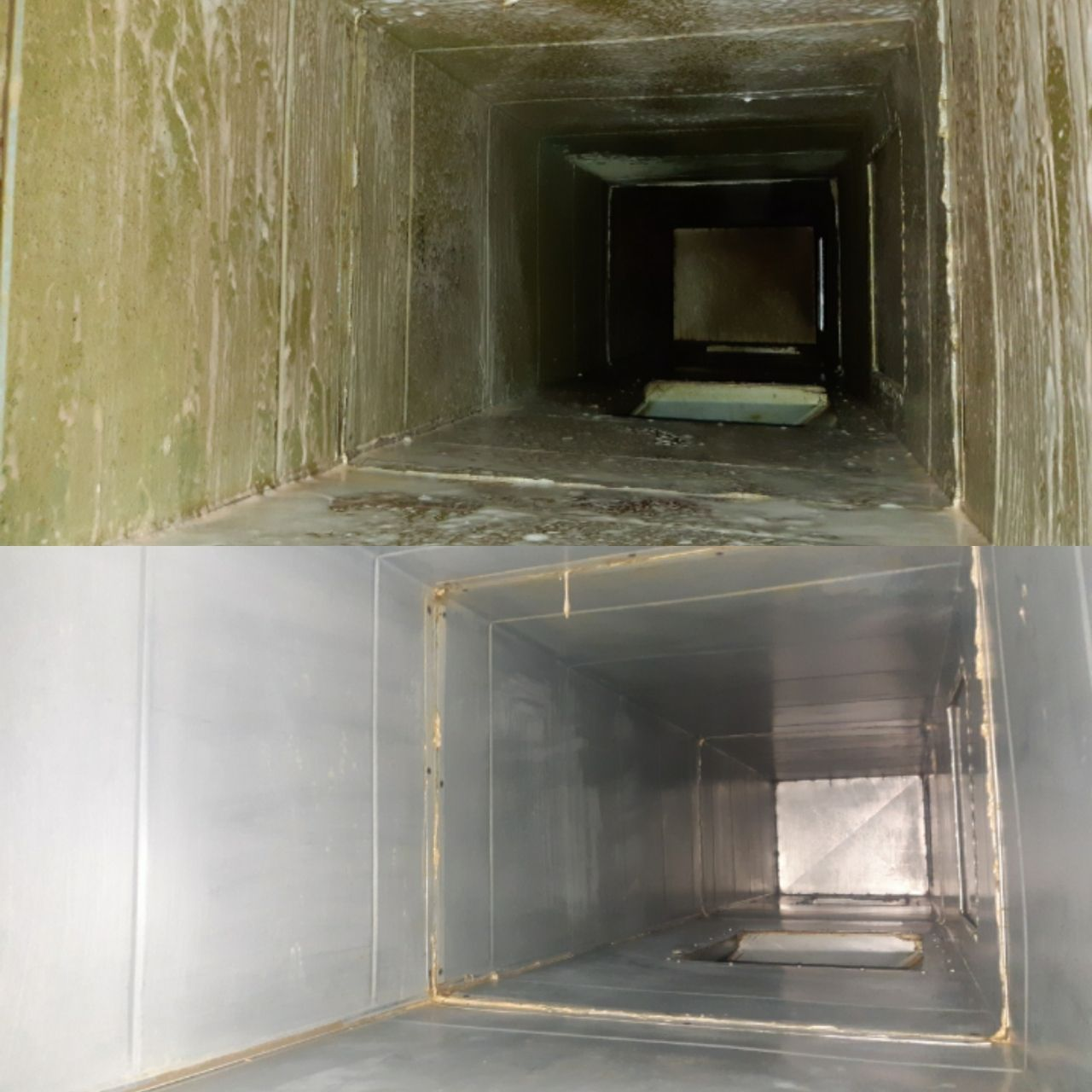
- Pre and post clean photographs which are not suitably identified on the drawing/schematic, do not represent the condition of the entire system, and/or just show uncleaned areas.
- Pre and post clean photographs which are poorly taken or taken from different angles and do not match their orientation within the system (as shown in the photographs below)
- Post clean wet film thickness test (WFTT) readings of zero. Zero readings are impossible to achieve with using a wet film thickness comb as these will typically only measure down to 25 microns.
Clearly, any discussion a specialist contractor has with an expert about their PCVR’s compliance with BESA’s TR19 Grease, should be treated in confidence. Any subsequent recommendations imparted by experts to specialist contractors should be used as part of their internal quality assurance and in relevant PCVRs.
ABOUT ALAN GREGORY: Alan Gregory has served on BESA’s governing council and only recently stepped down as Chair of BESA’s Services & Facilities Group. He was past Chair of BESA’s Ventilation Hygiene Branch. He is a founding and acknowledged current contributor to BESA’s TR17 and TR19 standards. Alan is Chair and Director at IAQ Services Ltd. This article is based on conversations with Alan Gregory about BESA’s TR19 Grease standard and Post Clean Verification Reports (PCVRs). Any mistakes are the author’s and not attributable to Alan Gregory.

